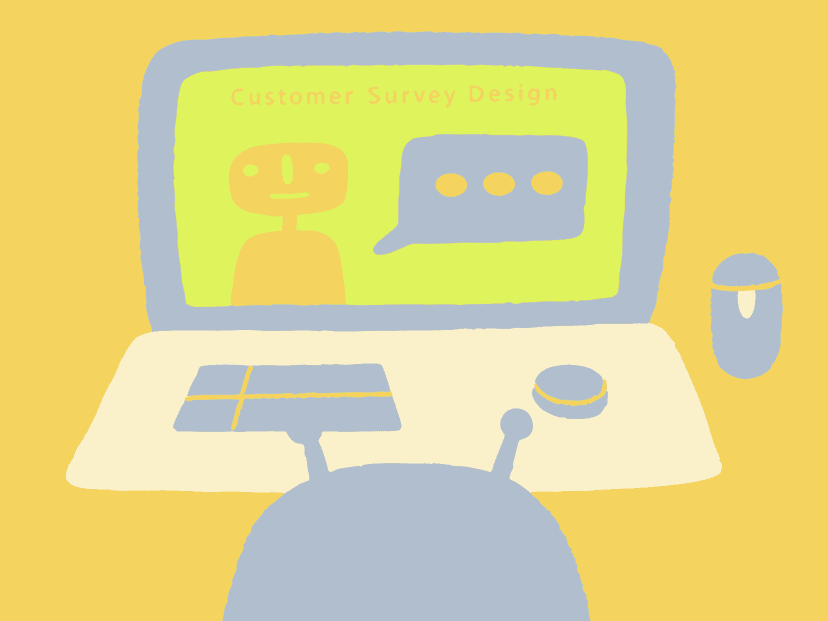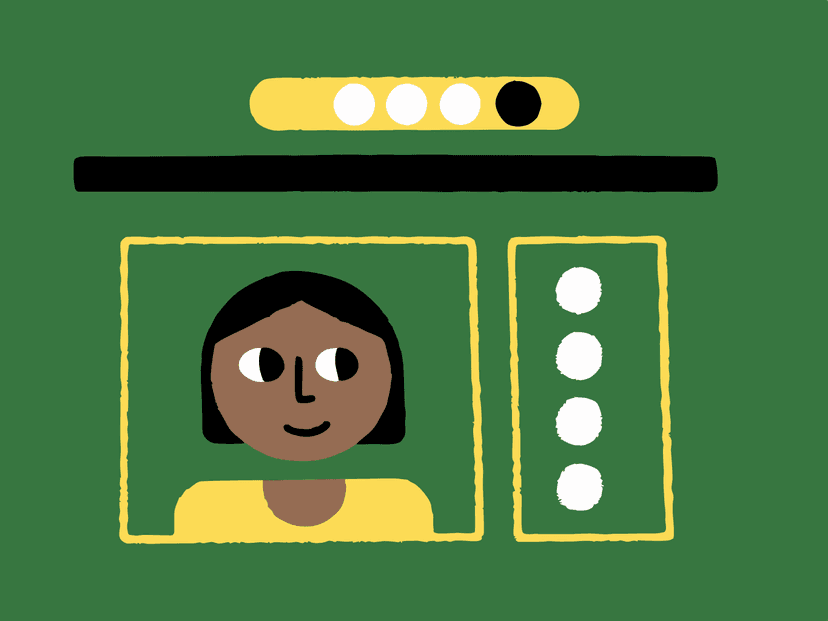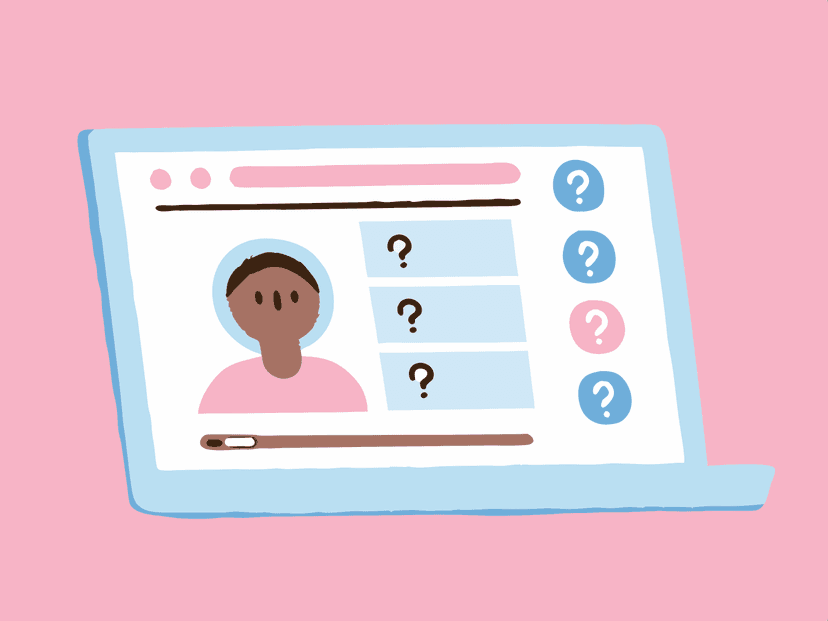Saturday, November 9, 2024
Essential Field Interview Techniques Every User Researcher Must Know in 2025

Introduction to Field Interviews
In today's rapidly changing business environment, understanding user needs and market dynamics has become increasingly important. Field interviews, as an effective method of directly gathering information, have gradually gained favor among researchers and market analysts. Through field interviews, researchers can observe and listen to respondents' authentic feedback in their natural environment, thereby gaining deeper insights. This article aims to help readers master the basic knowledge and skills of field interviews, laying the foundation for effective user research and market research.
Part 1: What is Field Interview?
Imagine we're playing a detective game. In this game, we need to solve a mystery, like finding a lost ball in the park. To find the ball, we need to go to the park and talk to the children playing there, see if they've seen the ball or know where it might be. This way of going directly to the scene and talking to people to gather information is called a "field interview."
Field interviews are like detectives collecting clues - we go to where things happen, like a store, a community, or a park, and talk to people there. We ask them questions and listen to what they say, helping us better understand the situation and find the answers we need.
As mentioned in Peking University Guanghua School of Management's research course:
Information collection usually involves two types: Primary Source(Original source) and Secondary Source, which are one-hand information and two-hand information. One-hand information includes company announcements, annual reports, etc., while two-hand information mainly consists of news and research reports, many of which are based on the one-hand information. However, these collected information may not be sufficient for a thorough study of a company. This is why we need to conduct field research.
Field interviews are a valuable research method because they allow us to gather information directly from the source rather than through secondhand accounts. This way, the information we get is more authentic and accurate (The Craft of Research, Wayne C. Booth, Gregory G. Colomb, and Joseph M. Williams).
Field interviews mainly fall into three types:
-
Structured Interviews: Researchers use a pre-designed list of questions and strictly follow the order. This method helps collect comparable data but may limit respondents' free expression.
-
Semi-structured Interviews: Combining the advantages of structured and unstructured interviews, researchers prepare core questions but allow flexibility based on how the interview progresses. This method ensures systematic data collection while deeply exploring respondents' genuine thoughts.
- Unstructured Interviews: Without a fixed question list, researchers ask questions based on the natural flow of conversation. This method suits exploratory research and can obtain rich qualitative data.
So, how is field interviewing different from other research methods?
Imagine you're trying to understand what ice cream flavors your friends like best. We can do this in two different ways: field interviews and surveys. Let me explain the differences.
-
Field Interview:
- It's like walking to the park, finding your friends, and asking them one by one, "Hey, what's your favorite ice cream flavor?" Then you listen carefully to their answers and might chat more to understand details like why they like that flavor or when they last had ice cream.
- Field interviews are face-to-face, allowing immediate feedback and follow-up questions. It's like having a real-time conversation.
-
Survey:
- A survey is like creating a paper asking "What's your favorite ice cream flavor?" and distributing it to all your friends to write down their answers and return to you.
- Surveys are typically written, allowing you to distribute them to many people and collect their responses. You need to wait for them to complete the survey and can't ask immediate follow-up questions.
The main differences between field interviews and surveys are:
-
Interactivity: Field interviews are more interactive with immediate questions and answers, while surveys are typically one-way without real-time communication.
-
Depth: Field interviews usually obtain deeper information as you can ask follow-up questions, while surveys are limited to the questions on the form.
-
Time: Field interviews may require more time as you need to talk with each person, while surveys can be distributed to many people simultaneously.
-
Flexibility: Field interviews can adjust questions based on conversation flow, while surveys can only follow pre-designed questions.
Part 2: Preparing for Field Interviews
The success of field interviews largely depends on thorough preparation. Here are key steps to consider before conducting field interviews:
Determining Field IIviewerview Objectives and Questions
Before starting field interviews, clearly defining research objectives is crucial. You need to know what problems you hope to solve or what information you want to gather through the interviews. This step not only helps focus your research but also guides all subsequent preparation work. For example, if your goal is to understand user experience with a product, you need to specify particular focus areas like feature usage, user satisfaction, or improvement suggestions.
Selecting Appropriate Interview Subjects
Choosing suitable interviewees is crucial for ensuring data quality. Based on research objectives, determine your target group and ensure your sample is representative. For example, if you're studying young consumers' shopping habits, your interviewees should mainly come from this group. Consider interviewees' backgrounds, experience, and relevance to the research topic to ensure the validity of interview results.
Preparing Interview Questions and Guidelines
Preparing a detailed interview guide can help maintain order during the interview process. Design a combination of open-ended and closed-ended questions based on research objectives to gather rich information. Open-ended questions help guide respondents to express freely, while closed-ended questions help collect specific data. For example:
- Open-ended question: "What's your first impression of this product?"
- Closed-ended question: "Would you purchase this product again?"
Ensure your questions are clear, concise, and avoid leading language that might influence respondents' answers.
Discussing Field Preparation
-
Location Selection: Choose a quiet, comfortable location without interruptions for the interview. The location should make respondents feel relaxed to express their views naturally. For some research, interviews might need to be conducted in respondents' natural environment to observe their actual behavior.
-
Equipment Preparation: Ensure recording equipment, batteries, notebooks, and other necessary tools are ready. Test equipment functionality to ensure it works properly during the interview. Recording helps you accurately review respondents' answers after the interview.
Through these preparations, you can improve the efficiency and effectiveness of field interviews, ensure high-quality data collection, and provide a solid foundation for subsequent analysis and decision-making.
Part 3: Field Interview Execution Techniques
Let's use a more detailed example to illustrate field interview preparation.
Suppose you're a city planner aiming to improve public parks in the city, and you need to understand citizens' needs and suggestions through field interviews.
| Preparation Steps | Detailed Content | Why This Step Is Important |
|---|---|---|
| 1. Define Interview Objectives | Determine main purpose and specific questions. For example: understand citizens' park usage habits, satisfaction, and improvement suggestions. | Ensures interviews have direction and focus, improving information collection efficiency and quality. |
| 2. Design Interview Questions | Prepare open-ended, closed-ended, and probing questions. | Good questions guide interviewees to provide deeper, more specific information. |
| 3. Understand Background Information | Research park history and changes. Identify main user groups. | Helps interviewer better understand context and ask more relevant questions. |
| 4. Select Interview Participants | Ensure participant diversity. Include park managers, regular users, and occasional users. | Ensures collected information is representative and comprehensive. |
| 5. Obtain Permissions and Notifications | Get interview permission from park management. Post notices about interview plans in parks. | Comply with legal and ethical norms, gain necessary support and cooperation. |
| 6. Prepare Interview Tools and Materials | Prepare notebooks, recording equipment, cameras. Prepare park maps, facility lists, rating sheets. | Ensure accurate information recording during interviews for later analysis. |
| 7. Practice and Test Questions | Conduct mock interviews with colleagues. Pre-test questions in small scale and adjust based on feedback. | Improve interview fluency and effectiveness, reduce potential problems. |
| 8. Consider Potential Issues and Solutions | Prepare indoor interview locations for bad weather. Prepare translation services or use simple language to overcome communication barriers. | Ensure interviews can proceed smoothly even under non-ideal conditions. |
| 9. Create Detailed Time Schedule | Identify peak park hours for interviews. Estimate time needed per interview and schedule reasonable breaks. | Improve interview efficiency, ensure both interviewer and interviewee can participate at their best. |
| 10. Ensure Privacy and Ethics | Protect participant privacy, don't disclose personal information. Ensure participants understand interview purpose and participate voluntarily. | Build trust, protect participant rights, maintain high ethical standards. |
Part 4: How to Use AI for Field Interview Data Analysis
With the advancement of artificial intelligence (AI) technology, researchers and market analysts can use AI tools to more efficiently organize and analyze field interview data. Here are some methods and techniques for using AI in data analysis.
Methods for Using AI in Data Organization and Recording
-
Automatic Transcription Tools: AI-driven transcription software (like Otter.ai, Rev) can quickly convert interview recordings to text. This saves time and improves recording accuracy for subsequent analysis.
-
Data Organization: Use AI tools to organize and tag transcribed text, helping researchers easily retrieve and categorize information. AI can automatically classify data based on keywords, themes, or sentiment.
Common Techniques for Analyzing Interview Data
-
Thematic Analysis: AI can identify themes and patterns in interview text through Natural Language Processing (NLP). Thematic analysis helps researchers identify common viewpoints and recurring themes, revealing potential trends in the data.
-
Sentiment Analysis: AI tools can analyze emotional tendencies in text, identifying interviewees' emotional states (such as positive, negative, neutral). This is useful for understanding interviewees' attitudes toward specific topics or products.
- Word Frequency Analysis: Through AI, researchers can quickly calculate high-frequency words and phrases to identify important discussion points and concerns.
| Software Name | Function Description | Website Link |
|---|---|---|
| NVivo | Provides qualitative data analysis, uses NLP for thematic analysis, identifies common views and recurring themes. | nvivo.com |
| Atlas.ti | Provides text data analysis tools, including theme identification and pattern discovery. | atlasti.com |
| MonkeyLearn | Provides machine learning-based text analysis tools, including theme extraction and sentiment analysis. | monkeylearn.com |
| Lexalytics | Provides text analysis solutions, capable of identifying themes and patterns, and conducting sentiment analysis. | lexalytics.com |
| Clarabridge | Provides customer experience management and text analysis tools, identifies and analyzes themes and trends in text. | clarabridge.com |
How to Extract Valuable Insights from Data Using AI
-
Data Visualization: AI tools can convert analysis results into charts and visual reports, helping researchers understand data more intuitively. These visualization tools can reveal trends and anomalies in the data.
-
Predictive Analytics: Using AI's machine learning capabilities, researchers can train models from historical data to predict future trends and user behaviors. This is crucial for strategic planning and decision-making.
- Automated Report Generation: AI can automatically generate data analysis reports, providing key insights and recommendations. This enables researchers to quickly share findings and take appropriate actions.
| Software Name | Function Description | Website Link |
|---|---|---|
| Tableau | Provides powerful data visualization capabilities, converting analysis results into interactive charts and dashboards. | tableau.com |
| Power BI | Microsoft's data analysis and visualization tool, supporting creation of dynamic reports and dashboards. | powerbi.microsoft.com |
| Qlik Sense | Provides self-service data visualization and analysis, supporting discovery of trends and anomalies in data. | qlik.com |
| Google Data Studio | Provides free online data visualization tools, supporting creation and sharing of dynamic reports. | datastudio.google.com |
| D3.js | JavaScript-based visualization library, allowing creation of highly customized data visualizations. | d3js.org |
Related articles



